Area info
Estepona is a municipality and city in the region of Andalusia in southern Spain. The city is located in the province of Málaga on the western part of the Costa del Sol. The municipality has approximately 75,000 inhabitants. Estepona has the Sierra Bermeja mountain range to the north and the Mediterranean Sea to the south. The city is one of the largest municipalities on the entire coast.
Its renovated old town, one of Andalusia's most beautiful, offers tourists the chance to enjoy a real urban garden, the "Costa del Sol Garden". Its maze of white streets, adorned with picturesque flower pots in bloom, give it the essence of an Andalusian coastal town. It preserves its customs and traditions in perfect, harmonious coexistence with its more modern, touristic appearance.
History
The Phoenicians, the Romans and the Arabs all feature in Estepona's history.
In the 8th and 7th centuries BC the Phoenicians came to these shores, founded settlements and mixed with local tribes.
At the end of the 4th century BC ended the wars between the Carthaginians and the Romans with the latter's conquest of the Iberian Peninsula. The most important Roman settlement is near the Guadalmansa River, where there are remains of baths that may have belonged to the Roman city of Salduba.
At the beginning of the 8th century, the Muslim conquest took place. A fortress, El Nicio Castle, was built, and later, during the reign of Caliph Abderraman III, another was built and named Estebbuna Castle, which remains a mystery today as no one has ever managed to decipher the meaning of this denomination.
In 1456, Estepona was captured by the troops of King Henry IV of Castile. After the reconquest of Granada in 1492, Estepona's strategic position influenced the decision of the Catholic monarchs to rebuild the old Muslim castle, strengthen the southern side and add a separate fortress known as San Luis Castle, as well as to erect a number of watchtowers along the entire Estepona coast.
Protected by the fortress, 30 families settled in Estepona, and the current town is directly descended from this castle, which first developed within its walls and later, when their protection was no longer necessary, extended outside the walled AREA, where local stone is used to build new houses.
In 1729, a royal decree signed by Philip V granted Estepona the status of independent city, freeing it from Marbella's jurisdiction.
Map of the area
















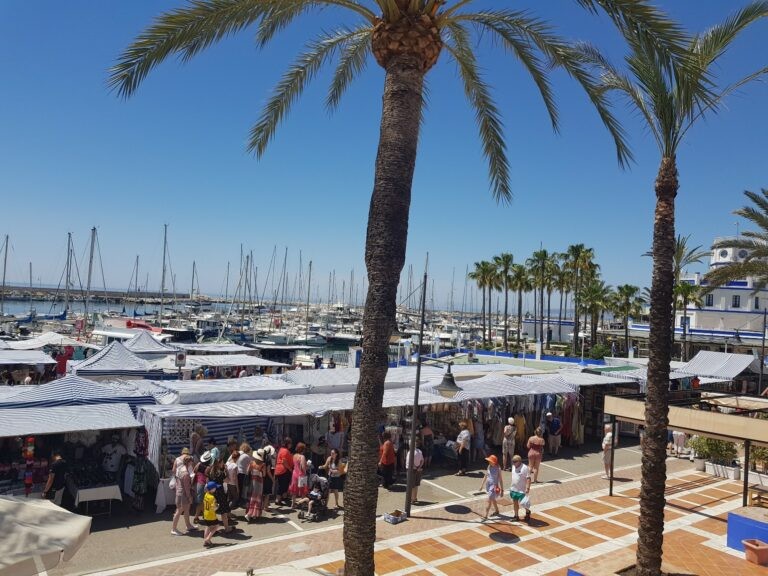
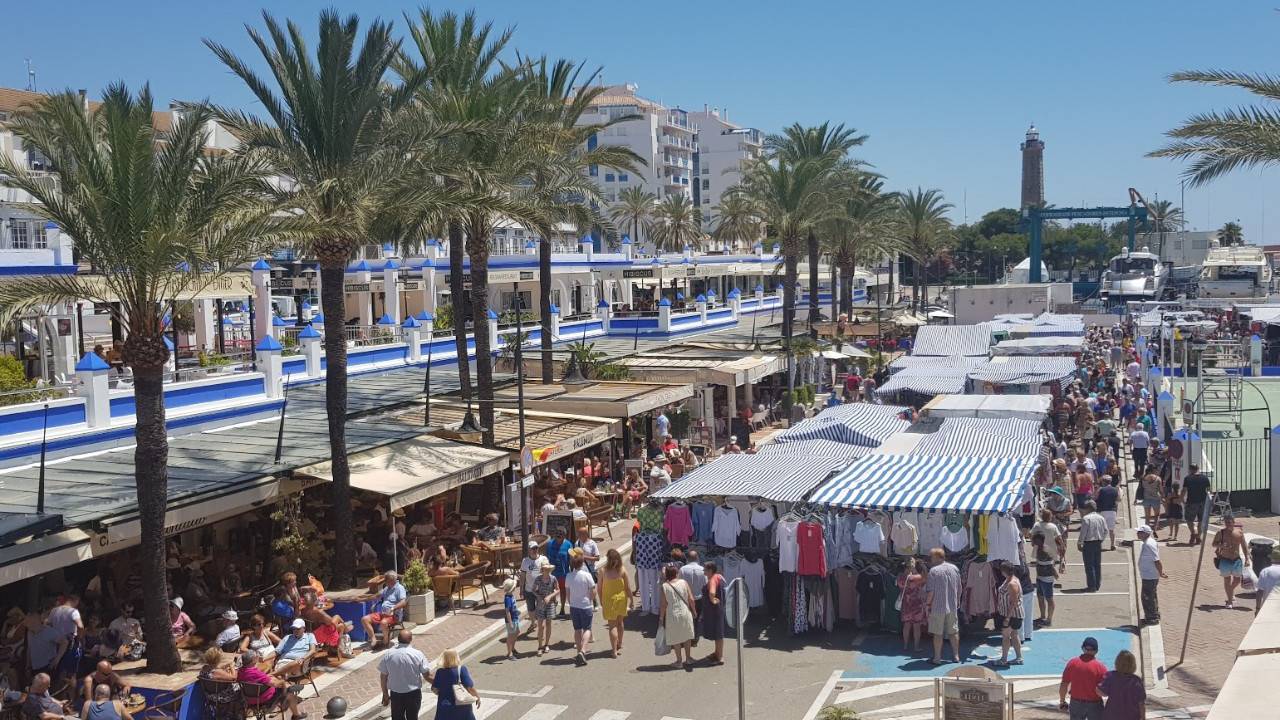
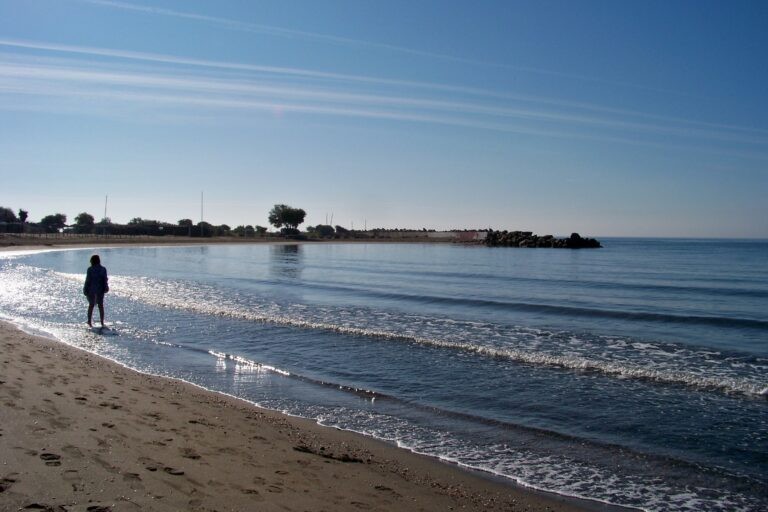
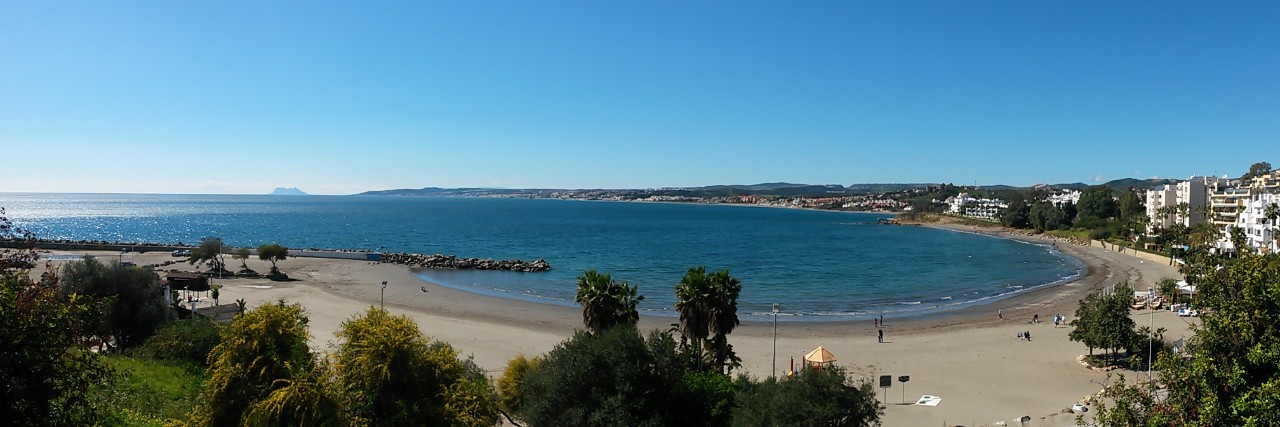
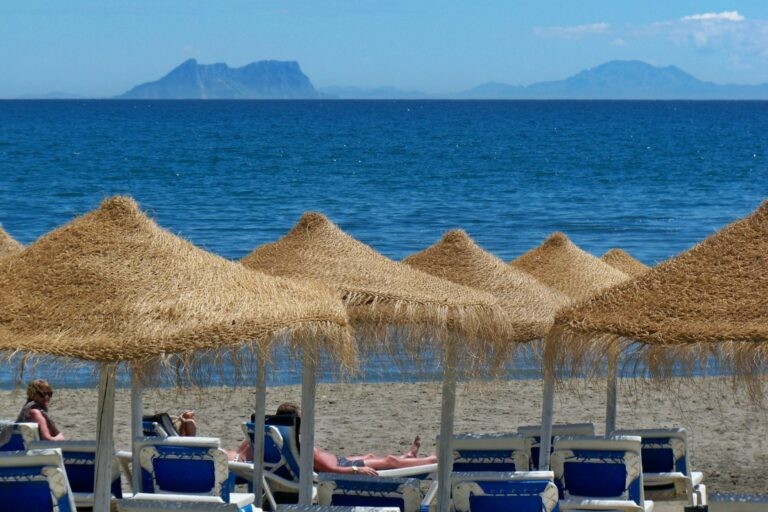

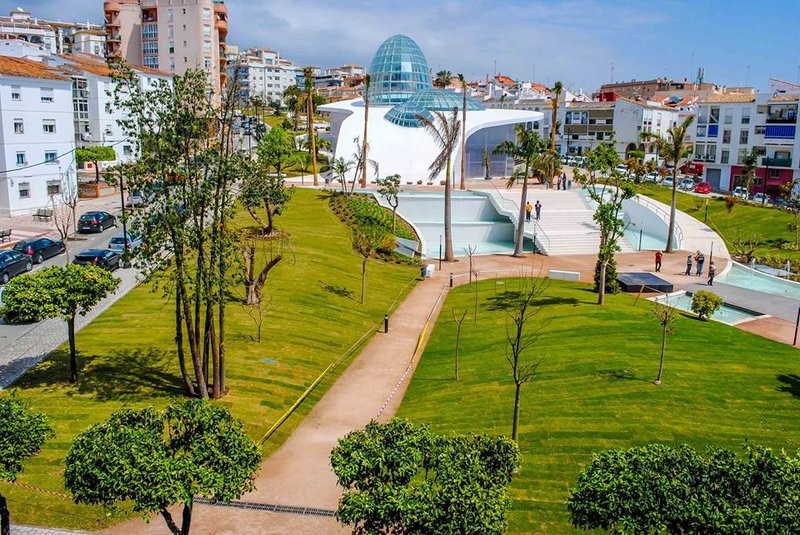


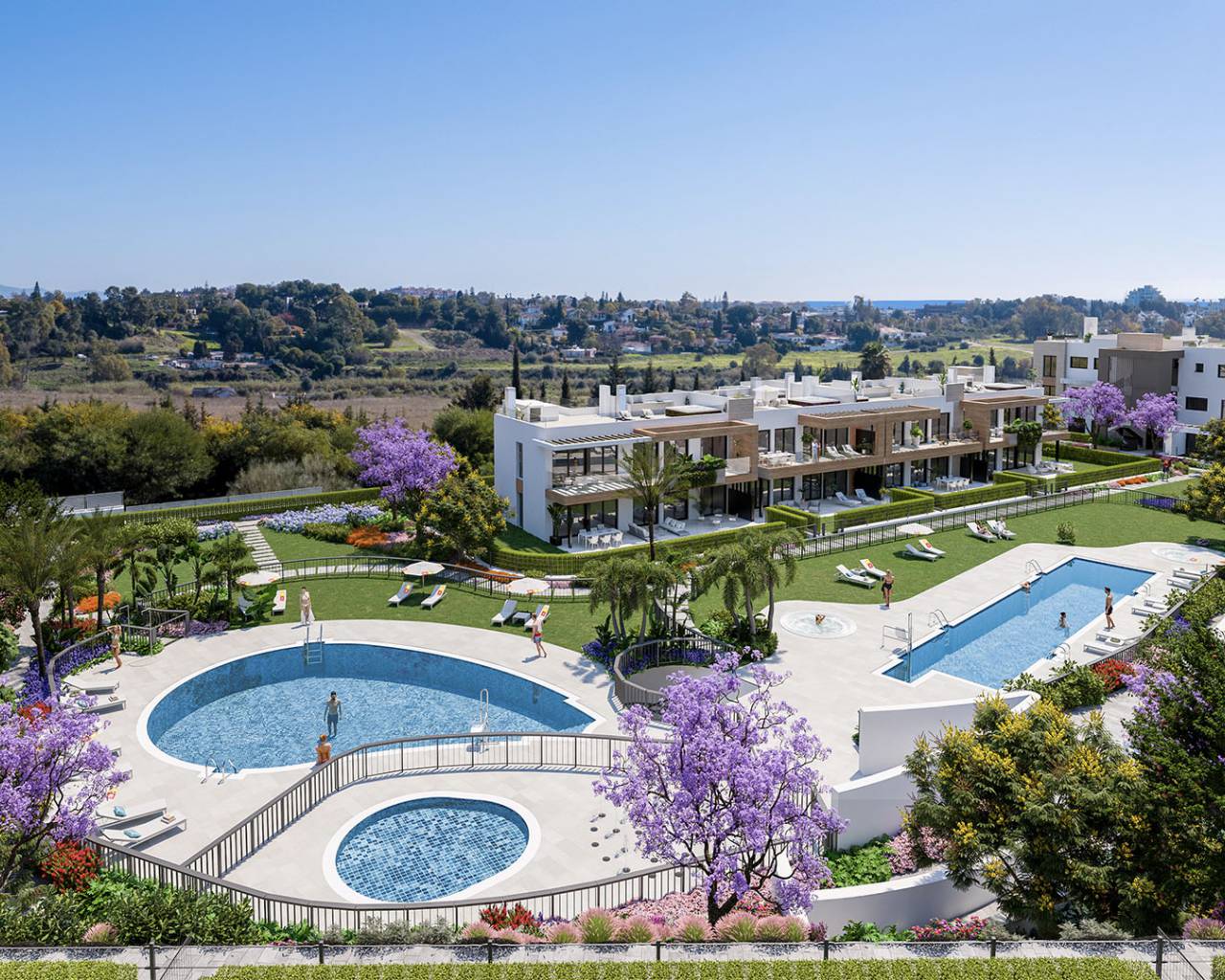
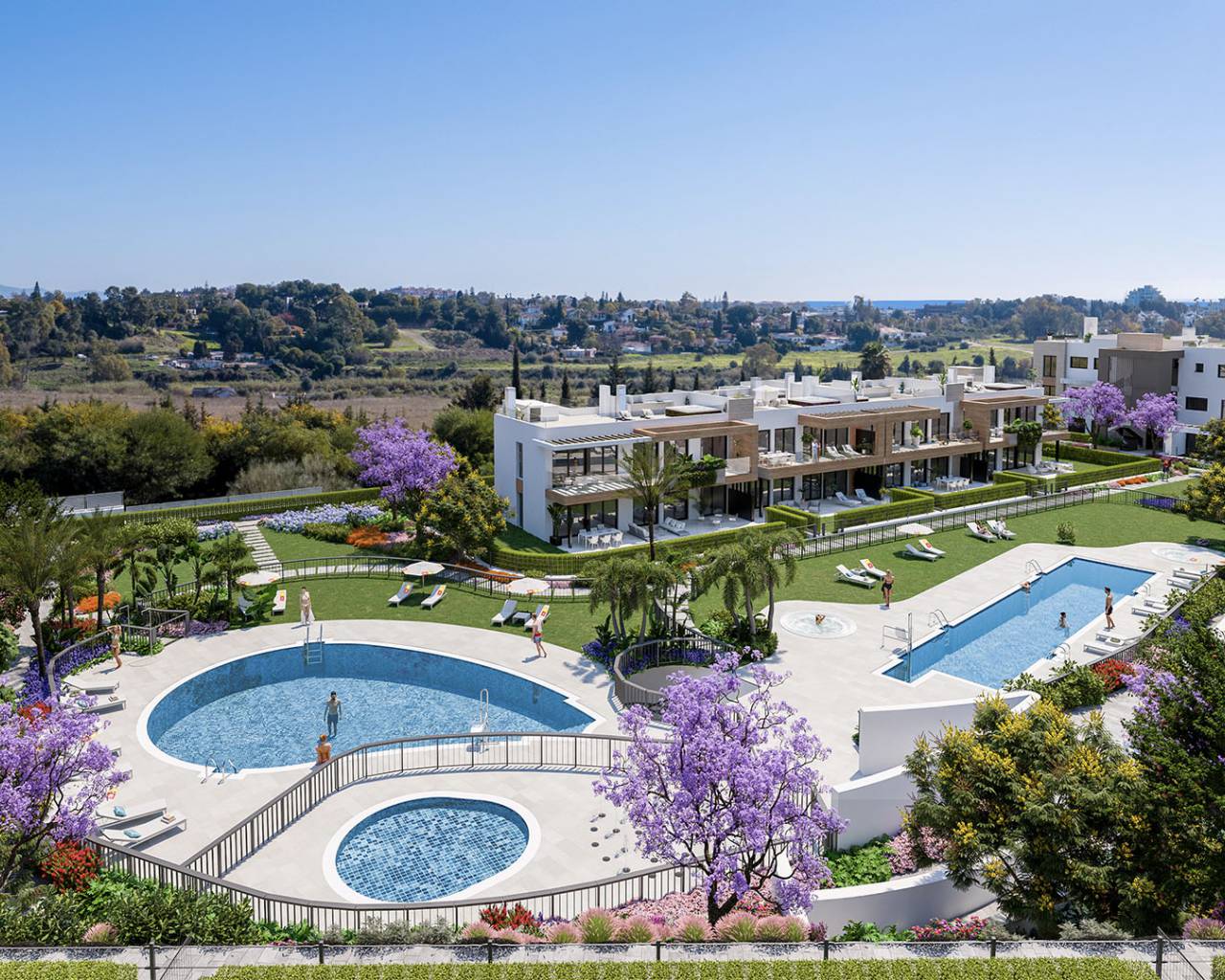
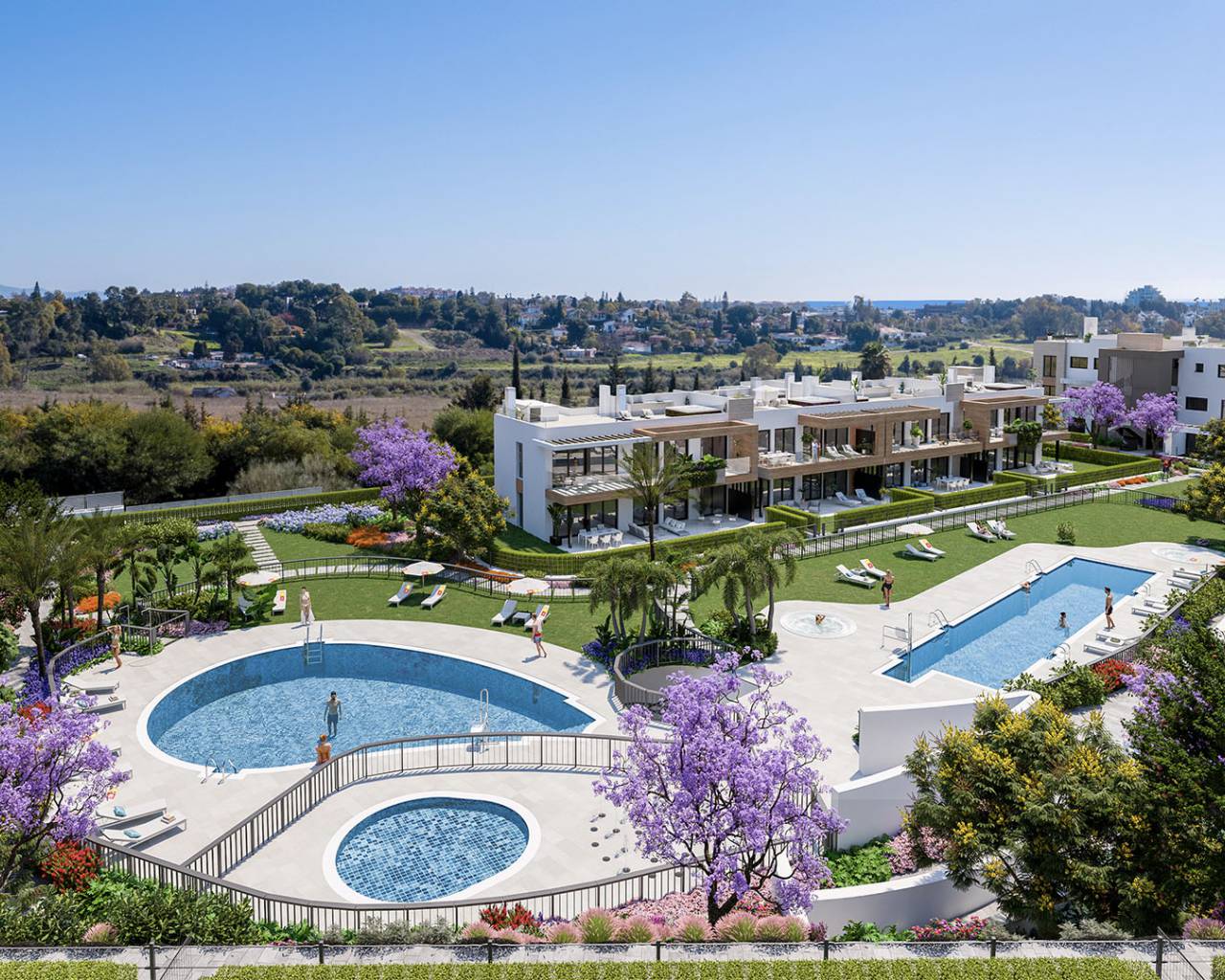
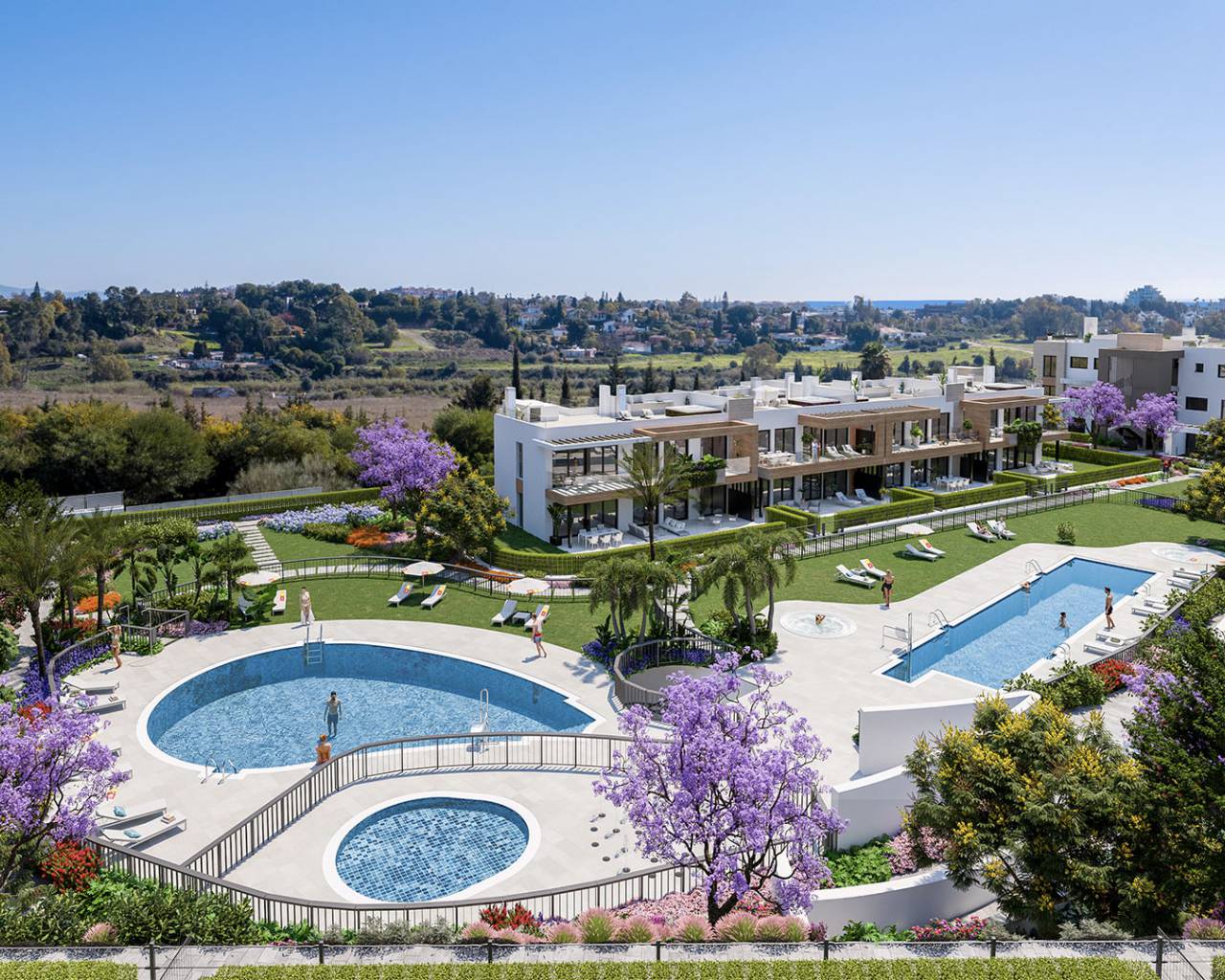
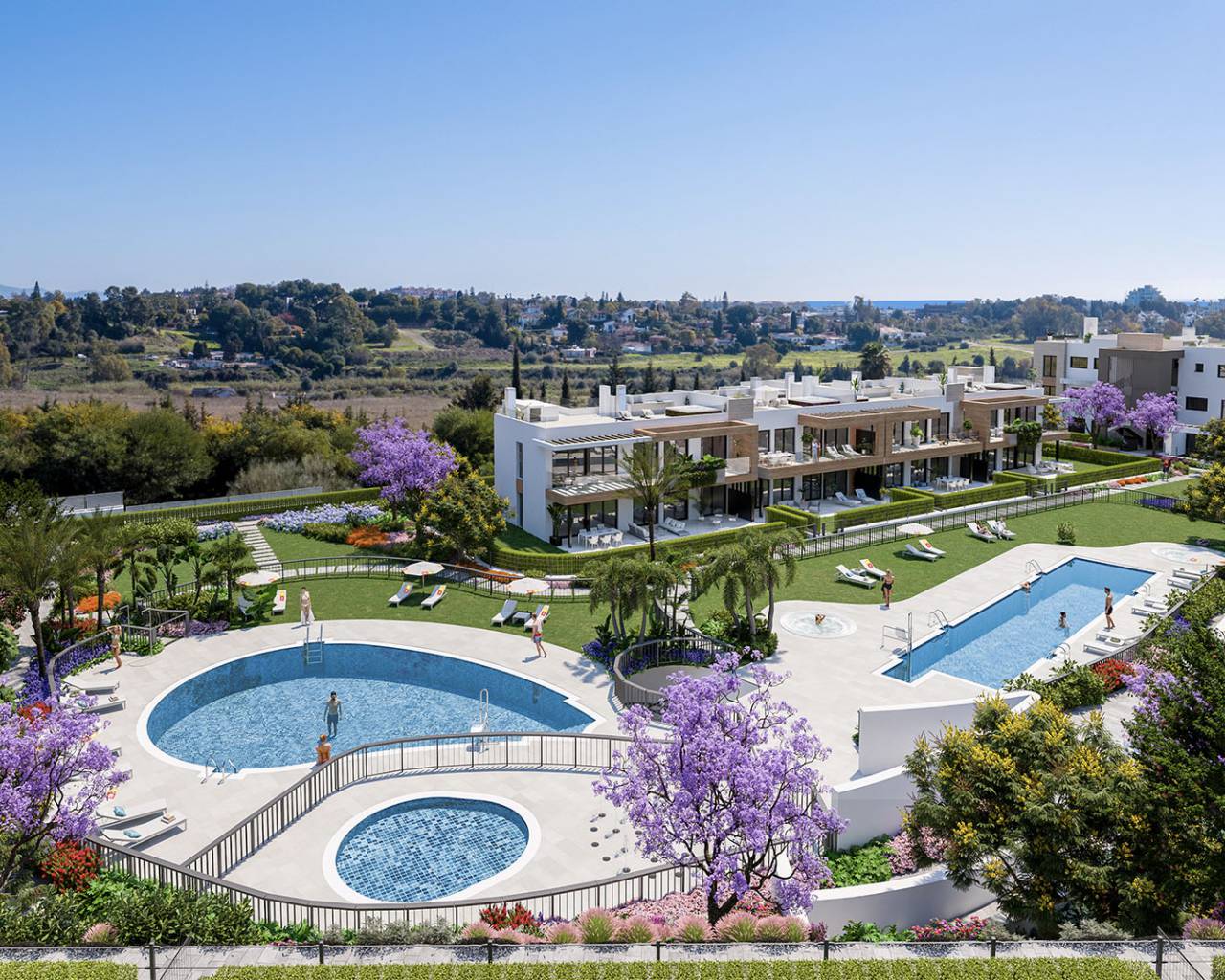
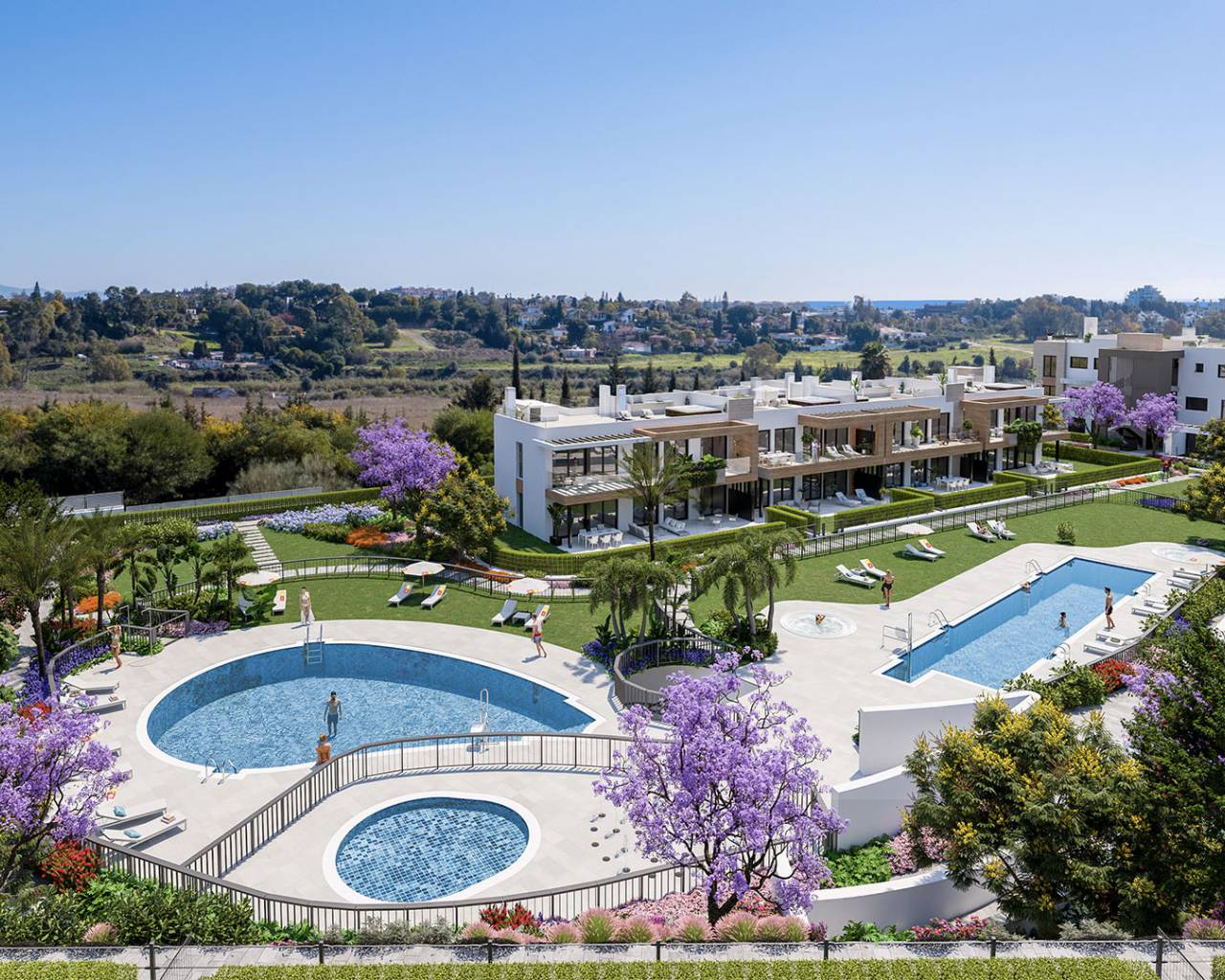



 Contact
Contact